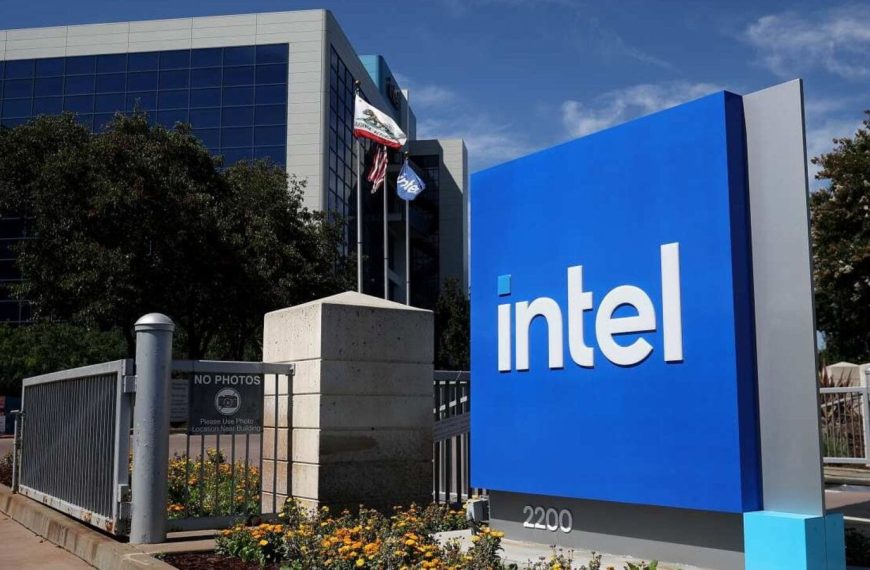In today’s unpredictable market, many investors are seeking secure options, and banking stocks are emerging as promising opportunities amid ongoing tariff uncertainties. As the earnings announcement date of April 19 approaches, two prominent private banks, HDFC Bank and ICICI Bank, are drawing significant attention. Notably, the Nifty Bank Index has been one of the standout sectoral performers, with HDFC Bank showing robust stock performance.
HDFC Bank vs. ICICI Bank: Stock Performance Insights
On April 11, shares of HDFC Bank closed with a 2% increase. Over the past month, the stock has appreciated nearly 6%, although it has seen a modest 1% uptick in 2025. After hitting a low of Rs 1,629 per share on January 27, it has rebounded towards its 52-week high of Rs 1,880. Year-over-year, HDFC Bank has risen approximately 20%, reinforcing its strong market position.
Conversely, ICICI Bank’s shares also showed positive movement, closing just under 1% higher on the same day. It has achieved similar gains as HDFC Bank, with a 21% increase over the past year. This month alone, ICICI shares have climbed about 5%, continuing an upward trend with a 2% gain in 2025. The stock fluctuated between a low of Rs 1,196 in January and a high of Rs 1,356 in March, with a 52-week high of Rs 1,373 and a low of Rs 1,048.
Q4 Earnings Expectations: What to Anticipate
Both banks are slated to release their Q4 earnings on April 19. Analysts predict that the impact of recent repo rate cuts on margins will be inconsistent but somewhat mitigated by the benefits from Cash Reserve Ratio (CRR) reductions and Marginal Cost of Funds-based Lending Rate (MCLR) adjustments. While a quarter-over-quarter decline in margins of 5-10 basis points may occur, asset quality is expected to remain stable.
-
HDFC Bank: Estimated to see a 2% increase in Net Interest Income (NII) sequentially and a 7-8% rise year-over-year. Although margins might compress slightly, profitability is projected to stay strong, with a mid-single-digit increase in Profit After Tax (PAT).
- ICICI Bank: Expected to report NII growth between 2-3% quarter-over-quarter. On a year-over-year basis, it may experience a more significant NII increase, with profitability remaining around 5%, though a deeper margin dip might be anticipated.
Business Growth Metrics: Recent Updates
Examining recent business updates for Q4, HDFC Bank reported a 7.7% year-on-year growth in advances and deposits, alongside a 3% increase in advances and a 5% rise in deposits compared to Q3FY25.
While specific Q4 updates for ICICI Bank are pending, its previous quarter (Q3FY25) showed a remarkable 16% profit growth and stable margins at 4.25%. Additionally, non-performing assets (NPAs) fell to 1.96%, highlighting robust retail loan growth and improving margins as key factors in the bank’s performance.
Dividend Distribution: A Closer Look
When assessing dividends, HDFC Bank has distributed Rs 19.50 per share in the past year and has maintained a consistent dividend policy since 2003, with a yield of 1.08%. It has announced annual dividends every year since 2016, except for 2020.
In contrast, ICICI Bank has declared 22 dividends since its inception in 2002, with a total of Rs 10 per share in the last year, resulting in a dividend yield of 0.76%. The bank has consistently announced final dividends for the past five years.
Valuation Metrics: A Comparative Overview
Currently, HDFC Bank boasts a Foreign Institutional Investor (FII) holding of 48.3%, with a price-to-earnings ratio of 19.83 and an earnings per share (EPS) of 86.57. Its Return on Equity (ROE) stands at 14.39%, slightly below the industry median, while its price-to-book ratio is 2.9, which is higher than the sector average.
On the other hand, ICICI Bank has a price-to-earnings ratio of 20.44 and a price-to-book ratio of 3.57, indicating a stronger market valuation compared to its peers. Its ROE is higher at 17.46%, with 45.7% of its shares held by FIIs.
Company Profiles: Background Information
HDFC Bank, established on August 30, 1994, in Mumbai, stands as one of India’s largest private sector banks, engaging in various banking services, including retail and wholesale operations. A significant merger with HDFC Limited occurred in 2003, reinforcing its market presence.
ICICI Bank, recognized as India’s largest private sector bank, began operations in January 1994. It offers a comprehensive array of banking and financial services, with a global footprint extending to branches in cities like Bahrain, Singapore, and the USA. Noteworthy mergers include its acquisition of Bank of Madura in 2001.
Broker Insights: Market Perspectives
Both HDFC Bank and ICICI Bank are consistently favored by leading brokerages such as Motilal Oswal, Nomura, and Goldman Sachs, highlighting their strong positions in the financial sector. As investors keep an eye on upcoming earnings, these banks remain pivotal players in navigating market volatility.











